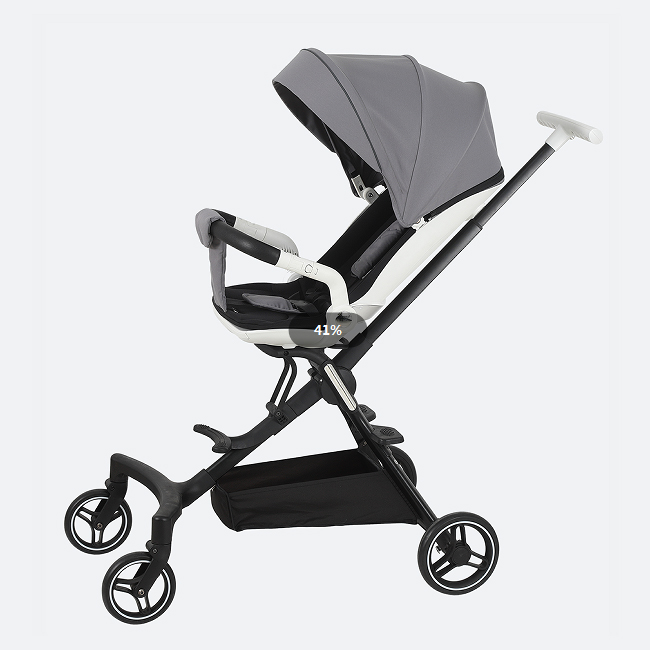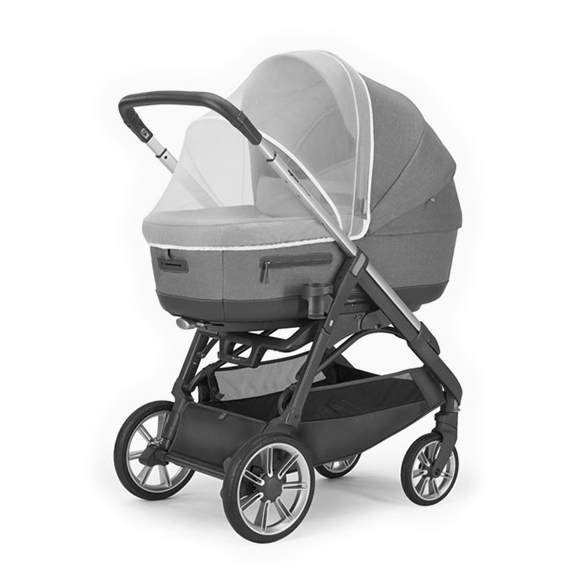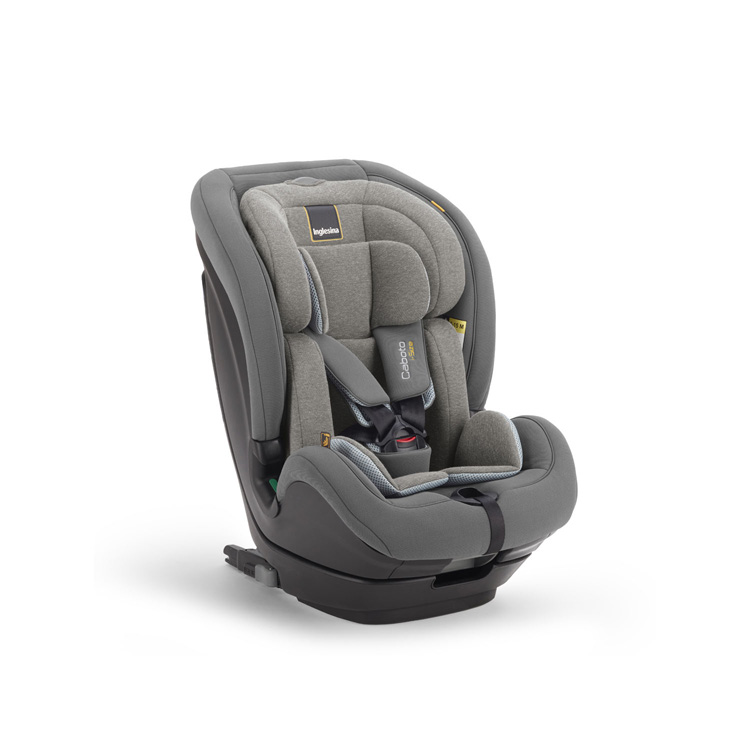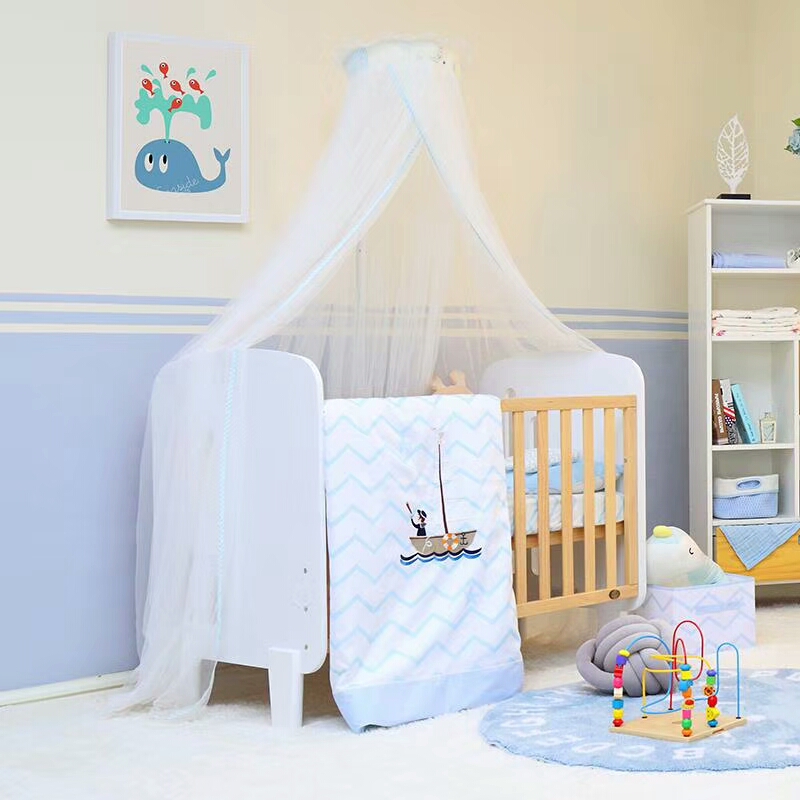The Practicality of Two Way Strollers
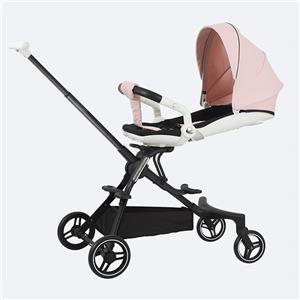
The practicality of Two Way strollers goes far beyond marketing—they adapt dynamically to parents’ and babies’ needs, simplifying daily outings.
When facing the parent, the direct line of sight is invaluable. In busy supermarkets, you can quickly stop your baby from grabbing unsafe items or soothe fussiness before it escalates. During park walks, adjusting the sunshade or tucking a blanket around a sleeping baby is effortless. It eases on-the-go feeding, letting you ensure safe swallowing, and is a lifesaver for colicky infants, allowing instant comfort with a touch or soft words.
Facing forward unlocks exploration. At festivals, babies watch performers and colorful displays, stimulating their senses. In quiet suburbs, they track birds or rustling leaves, linking sounds to sights (like a car’s honk to the vehicle) and grasping cause and effect. For older babies, this view reinforces object permanence, showing the world continues beyond their direct line of sight.
The design adapts to weather and environments. On sunny days, facing you lets the canopy shield delicate eyes and skin from UV rays without awkward adjustments. A sudden drizzle? Your body adds a barrier to keep them dry. Cold winds? Turning them toward you reduces chills on their face and chest. In crowds (malls, markets), facing you protects them from strangers or unsafe grabs; in open spaces, forward-facing lets them take in surroundings freely.
It also suits parents’ needs. Uphill, facing the baby improves balance as you lean into the stroller. Narrow paths? Switching directions eases maneuvering, avoiding obstacles without turning the entire stroller. For joggers, select models handle varied terrain—forward for smooth paths, parent-facing for uneven or busy stretches—boosting convenience.
The Impact of Different Directions on a Baby's Sense of Security
A baby's sense of security stems from the interplay of environment, caregiver bonds, and their maturing nervous system. Though subtle, a stroller's direction significantly shapes this security, varying with the baby's personality, age, and experiences.
When facing the parent, the stroller becomes a cocoon of familiarity: the parent’s voice, presence, and gaze act as a reassuring anchor, especially in new or overwhelming settings. For infants under six months—still forming attachments—this visual connection is critical. They recognize caregivers as sources of safety, with studies linking this proximity to steadier heart rates, lower stress hormones like cortisol, and reduced distress. Developmental research on attachment theory shows such visibility fosters a "secure base," letting even sensitive babies feel grounded.
For babies 6–12 months, facing parents shifts to interactive security. Back-and-forth exchanges—babbling, pointing, shared smiles—strengthen trust. In noisy or chaotic environments, locking eyes with caregivers calms overstimulated senses, restoring order amid chaos.
Facing forward, by contrast, immerses babies in an unfiltered world. For sensitive or timid infants, the lack of direct visual contact can feel unsettling; they may cling, cry, or check repeatedly for their parent, signaling vulnerability as their developing brains struggle with new stimuli.
Yet outgoing, curious babies thrive here. Absorbed in butterflies, rustling leaves, or passing bikes, their joy in exploration outweighs the need for constant visual contact. They glance back briefly to "check in," then dive back—signaling emerging independence. By 18 months, many prefer facing forward, as growing cognitive skills let them process surroundings and assert autonomy.
By age two, security shifts from constant visibility to trust in a parent’s reliable presence. Even facing forward, they know caregivers stand ready, balancing exploration with safety.
Suggestions for Parents
Navigating the world of Two Way strollers is as much about intuition as it is about practicality. Here are some tailored suggestions to help parents make the most of this versatile tool while nurturing their baby's sense of security:
Age-Based Adjustments:
For newborns and infants (0-6 months), prioritize facing the parent. Their vision is still developing, and they find comfort in close, familiar faces. This direction also makes it easier to monitor their breathing, adjust swaddles, or soothe them quickly.
From 6-12 months, start introducing short periods of facing forward, especially in calm, familiar settings like your neighborhood. Watch for signs of overstimulation (like turning away, fussing, or closing eyes) and switch back if needed. This gradual exposure helps them build confidence.
For toddlers (12+ months), let them lead the way—literally. Ask them if they want to "see the trees" (forward) or "talk to mommy/daddy" (facing you). This gives them a sense of control, which boosts their self-esteem.
Environment Matters:
In crowded, noisy places (malls, busy streets), face the baby towards you to reduce sensory overload and keep them safe from accidental bumps.
In open, quiet spaces (parks, beaches), let them face forward to encourage exploration. The natural environment is less overwhelming and rich in sensory experiences (sounds of waves, rustling leaves).
During weather extremes (strong sun, wind, rain), use the parent-facing direction to shield them, combining practicality with comfort.
Read Your Baby's Cues:
Signs they need to face you: crying, clinging, excessive yawning, avoiding eye contact with the environment, or reaching out for you.
Signs they're ready to face forward: pointing at objects, babbling excitedly at surroundings, or straining to look past you.
Make the Most of Each Direction:
When facing you, engage in interactive play—sing songs, make funny faces, or describe what you're seeing ("Look, we're passing a red car!"). This strengthens bonding and language development.
When facing forward, narrate their exploration—"That's a dog, woof-woof!" or "The wind is blowing the leaves." This helps them connect words to objects and builds their vocabulary.
Consider the Stroller's Design:
Not all Two Way strollers are created equal. When choosing one, test how easy it is to switch directions—some require lifting the seat, others have a simple swivel mechanism. A smooth transition ensures you'll actually use both directions.
Check for safety features like a secure harness and stable base, regardless of the direction. Comfort (padding, recline options) is also key, as an uncomfortable baby is more likely to feel insecure.
Embrace Flexibility:
Don't feel pressured to stick to a schedule. A walk that starts with facing forward might need to switch halfway if the baby gets tired or overstimulated. Flexibility shows your baby that their needs are a priority, which builds trust.
Use both directions on the same outing. For example, face forward on the way to the park (exciting new place) and face you on the way back (tired, ready for comfort).
Trust Your Instincts: Every baby is unique, and you know yours best. If your gut tells you they need to face you, even if they're technically "old enough" for forward facing, go with it. Parenting is about responsiveness, not rigid rules.



